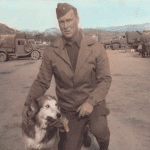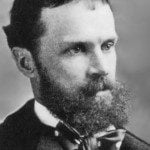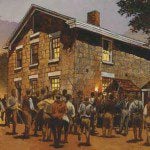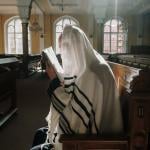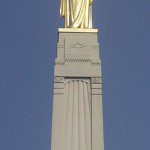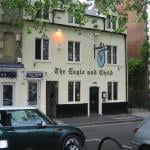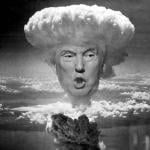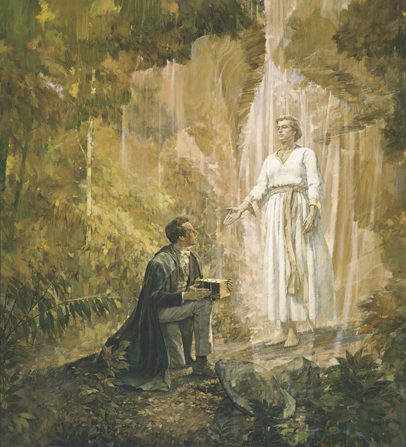
(Kenneth Riley, LDS Media Library)
I want to share some passages that I marked a while back from Richard Lyman Bushman, Joseph Smith’s Gold Plates: A Cultural History (New York and Oxford: Oxford University Press, 2023).
The account of the golden plates as we know it is documented very early:
The first known mention of the gold plates in writing occurred in the fall of 1828 in letters to Asael Smith, Joseph Smith Jr.’ s grandfather. Joseph Smith Sr. had not seen his father for twelve years.Their letters are lost, but a reply from Joseph Sr.’ s brother Jesse dated June 17, 1829, refers to letters from Joseph Smith Sr. and two sons Hyrum and Joseph Jr. Jesse quotes Joseph Jr. as saying that “the Angel of the Lord has revealed to him the hidden treasures of wisdom & knowledge, even divine revelation, which has lain in the bowels of the earth for thousands of years.” Jesse also refers to spectacles and hieroglyphics as if one of the letters had talked about translation. The family apparently was told the whole story. (40)
Some critics of the Restoration have sought to make much of the fact that Emma Smith, Joseph’s wife, didn’t go west with the body of the Saints. But
Emma viewed herself as one who had never left the faith. “I know Mormonism to be the truth; and believe the Church to have been established by divine direction.” She knew she had “been called apostate; but I have never apostatized, nor forsaken the faith I at first accepted.” She felt she had good reasons for her belief. In the interview, she showed the rationalist bent of her mind. She said nothing about her love for her husband or her trust in his character. Hers was not a sentimental or spiritual faith. It was based on her observation of Joseph translating. Nothing she knew about him qualified him to dictate the book. “It is marvelous to me,” she said, “as much so as to any one else.” (50)
This point seems to me of particular importance:
The immediate family was more concerned about where to conceal the plates than to establish the plates’ reality. . . . The family seemed not to have been troubled by the question of the plates’ existence. (51)
In the next passage that I’ll cite, Joseph Smith’s mother, Lucy Mack Smith, recalls the day of the showing of the plates to the Eight Witnesses:
“Soon after they came, all of the male part of the company, together with my husband, Samuel [Smith], and Hyrum [Smith], retired to a place where the family were in the habit of offering up their secret devotions to God. They went to this place because it had been revealed to Joseph that the plates would be carried thither by one of the ancient Nephites.” (55)
That experience of the Eight Witnesses is, obviously, a very significant one:
When John Whitmer was later asked if he saw the plates “covered with a cloth,” he answered no. Joseph “handed them uncovered into our hands, and we turned the leaves sufficient to satisfy us.”That was the kind of testimony rationalists could understand. It assimilated the plates into the ordinary world of material objects. No guardian spirits, no angels, no magical rituals. If accurate, the testimony of the eight witnesses satisfied the requirements of the rational enlightenment for sensory evidence. The problem was that too much rested on the testimonies. Belief in what they said implied acceptance of too many fabulous items: an angel appearing in Manchester, a simple young man conversing with the heavens, another Bible from ancient America. The problem was posed by Cornelius Blatchly, a onetime Quaker who wrote Martin Harris in 1829 only a few months after the witnesses said they saw the plates. Blatchly wanted to know more about this “wonderful record” but only if it could be “substantiated by indisputable evidences and witnesses.” In November 1829, Oliver Cowdery wrote back on Martin’s behalf. Knowing his account was fabulous, he insisted the witnesses could not have been mistaken in what they saw. “It was a clear, open beautiful day, far from any inhabitants, in a remote field, at the time we saw the record.” It was “brought and laid before us, by an angel, arrayed in glorious light.” Blatchly thanked Cowdery for his account but concluded that “so important a matter as a new bible” required “the most incontrovertible facts, circumstances and proofs.” Oliver’s account, in Blatchly’s judgment, failed to meet that high standard. (56)
And here is one of the accounts that I myself have found most interesting:
John’s mother, Mary Whitmer, another plain-spoken witness, said she saw the plates when she went to do the milking. In 1878, years after the event, her son said that his mother had grown weary with the work of housing and feeding the translating contingent. In June 1829, Joseph, Oliver, and Emma squeezed into an already crowded household. Emma must have been pressed into service, but the two men were of no help. They spent their days in an upstairs room recording the translation. Mary Whitmer had reason to complain of the added burden. Mary’s son David told Orson Pratt and Joseph F. Smith in 1878 that as his mother was going to milk the cows, an old man carrying a pack met her in the yard. He recognized that “you are tried because of the increase of your toil,” and so “it is proper therefore that you should receive a witness that your faith may be strengthened.” Then he took the plates out of the knapsack and showed them to her. Whitmer said that seeing the plates “nerved her up for her increased responsibilities.” One of Mary’s grandsons, John C. Whitmer, added that “this strange person turned the leaves of the book of plates over, leaf after leaf, and also showed her the engravings upon them.” Then he vanished with the plates.Mary Whitmer did not record the experience herself, but she told the story to her grandchildren “on several occasions.” Her account was of a piece with other stories the Whitmers told. David Whitmer linked his mother’s angel to the “very pleasant, nice-looking old man” he had seen on the road while bringing Joseph and Oliver to Fayette. His nephew John also described the visitor as “a stranger carrying something on his back that looked like a knapsack” and “spoke to her in a kind, friendly tone.” (57)


